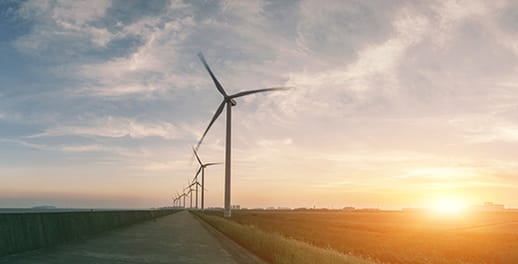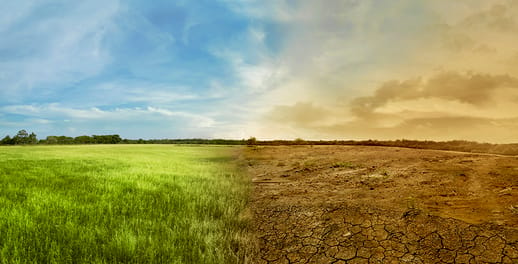Receive Focus insights straight to your inbox
The ongoing drought is only partly to blame for the water crisis declared in the Eastern Cape at the end of October. According to the government’s own records, there are over 6000 water leaks that haven’t been attended to. This chronic lack of maintenance and infrastructure development, coupled with global warming effects like drought, is not an Eastern Cape problem alone. The whole of South Africa is on the brink of a full-blown water crisis. Listen to Environmental scientist Alex McNamara of NBI to understand what urgently needs to be done to secure the precious resource.
Investec is fundraising for a borehole in Butterworth, Eastern Cape - through Gift of the Givers.
For more information or to get involved contact Samantha.mooi@investec.co.za
Environmental scientist Alex McNamara of NBI, breaks down what is an all-encompassing problem, into three critical areas and gives some strategies on how to fix SA's water crisis.
The “perfect dust storm”
Securing an acceptable water quality is essential for protecting water resources and ensuring human health. It’s no surprise then that McNamara puts infrastructure collapse and lack of development as our most pressing issue. 44% of our treatment works are dysfunctional, which means the water being provided doesn’t meet the necessary health standard, and a frightening 50% of our wastewater works are not working properly. This means that sewerage is being discharged into rivers at dangerous levels.
The effects of this can be seen across the country, but one river that’s been in trouble for decades is the Vaal. Given it’s one of SA’s primary strategic water sources, interventions to address the problem have been unacceptably slow. But recently Finance Minister Tito Mboweni announced that government is focused on mobilising short-term financing and has called on the military to assist with engineering and other expertise to resolve the crisis. South African Human Rights Commission has also taken the Vaal crisis on, initiating an urgent inquiry into violations of constitutional
rights.
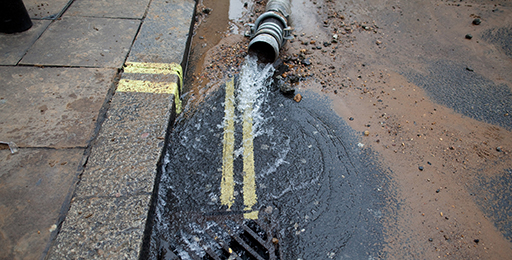
We will run out of water in 2030 unless there is a complete mind shift about the true value of water and a R900bn investment in the sector over the next decade.
“We have some major infrastructure challenges that we have to face. We reckon we need to spend about R900 billion, over the next ten years, to upgrade the water and sanitation network. But we only have the budget for about two-thirds of that.”
36% of water in the system is lost to leaking. McNamara says that amounts to about 10 billion rands worth of water that quite literally ‘going down the drain’ every year.
Andre Wepener, head of the Power & Infrastructure team at Investec says that it will take political and administrative will to deal with the issue of "non-revenue water" - that's really the difference between the amounts of water in the distribution system and the amount that ultimately gets billed to customers.
"In SA, our non-revenue water is, as of 2017, estimated to be 41% of the water in our system," he says. International best practice puts this loss at 15%, while other water-stressed countries like Australia keep it down to 10%.
"This is leakage, often owing to poor operation and maintenance of the systems. It's also commercial losses from meter tampering and other forms of theft or unbilled consumption."
On top of the insufficient and failing infrastructure, those charged with operating the water systems cannot do the job. “In 2014, the latest assessment we have, municipalities were actually asked to self-assess themselves, and the results were scary: 46% of municipalities in South Africa think they are in a critical or crisis state, where they’re not able to fulfil their water and sanitation mandate.”
McNamara is worried that South Africa will suffer what he calls the “perfect dust storm” where our limited water resources (SA is a semi-arid country that receives only half of the global average rainfall) combined with failing infrastructure and poor management will leave millions with water.
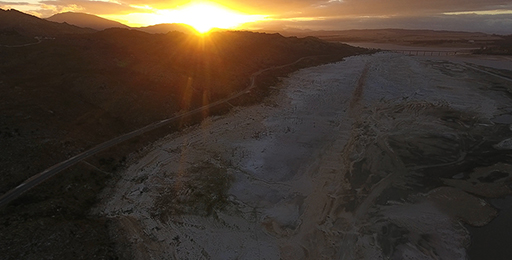
Dry dam in Western Cape during 2017 drought
Climate change will suck us dry
Another key issue we face, as a country, when we think about water, is climate change. Some scientists predict that SA will experience double the amount of temperature rise, as the rest of the world due to climate change. If the whole world warms, on average, by a further 2° Celsius, we would be looking at a warming of closer to 4° in Southern Africa.
“If we were to cool the earth by 5°, we would enter an ice age. So you have to imagine, warming the earth by 4°, would completely transform our society and our natural environment.”
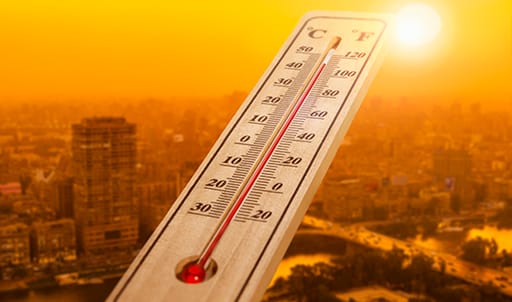
International scientists agree that a manageable, safe, temperature increase must not exceed 1.5° Celsius, and most studies show we have already warmed 1° Celsius. The ramifications of this are far-reaching. Firstly, higher temperatures mean heat waves and more evaporation. So water will be lost from many of our surface water bodies, reducing levels much quicker. At the same time, we know that as temperatures increase, so too does human water consumption. So water supply will decrease, while demand increases.
Agriculture will also be hard hit by climate change. “If a 4° temperature rise occurs the sort of wheat-belt that we rely on in the Western Cape, will mostly disappear; sugar cane in KwaZulu Natal will be affected and much of the Northern parts of the country will no longer be fit for agriculture, it becomes a savannah, but dry savannah experience, where you have acacia trees and sand.” Northern Cape would also be desert.
Some balm for the burn
Despite this incredibly depressing outlook, McNamara seems upbeat that we can avoid a water crisis, and that there’s some low hanging fruit that we should pick urgently.
“South Africa’s our per capita water usage is too high, and much of that is through water leakage, but it’s also through wasteful usage by everyday consumers.” If we invest in the maintenance of infrastructure and people are more conscientious with water we could save billions of cubic metres annually. We can also store water in dams that have lower evaporation rates, and we can store water underground. Water re-use is something he says we have to adopt. We must follow the route of Namibia, Singapore and California, who use water multiple times.
Judge water by its quality, not by it's history.
We need to embrace new technologies like desalination. “There are technologies that are already being used very effectively in other parts of the world, like the Arab region.”
Situated on the tip of Africa with the Indian and Atlantic Ocean at our disposal- this solution seems ideal, but it is power reliant and load shedding would be problematic. Policymakers and energy planners will have to factor the large amount of power needed to run a desalination plant and possibly consider renewable energy power. There’s already been some experimenting with desalination in Cape Town, and McNamara says they’ve learnt a lot from that crisis.
Investec's Wepener points to atmospheric water as a possible option. "There are some exciting new technologies and innovation in the water space. One of these is atmospheric water generators, which essentially takes humidity out of the air and produces drinking water. It's costly and it's quite a small-scale solution, but it's certainly one of the ones that we can consider."
There are others solutions, too. Municipal water reuse could mean treating wastewater for agricultural or human consumption. Rainwater harvesting at a household level can be treated for drinking water, or to fill swimming pools and water gardens.
"But this can also be done on a larger scale, at a municipal level, where stormwater drains could be used to collect rainwater – and it could be pushed back into the grid if it's treated," Wepener says.
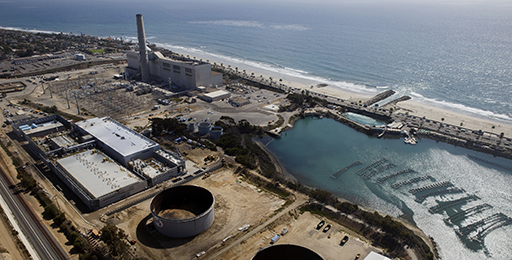
In 2018 California's desalination plant had delivered 40 billion gallons of drought-resilient drinking water since construction in 2015.
Give water the value it deserves
As a semi-arid country SA has to completely change the value it places on this life-giving resource. “If we don’t value water at a much greater level, we will not achieve the sort of water security that we need, as a country. And as we approach water scarcity, where demand considerably outstrips supply, the value of water, rises exponentially, until it is almost infinite in its final drop,” warns McNamara. He argues that at the very least, pricing of water needs to change to cover the cost of production.
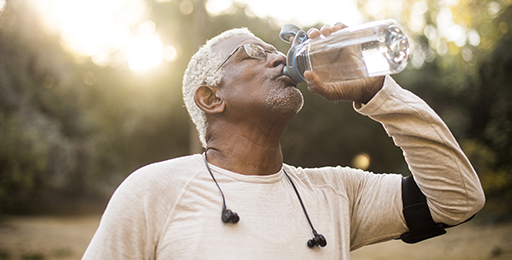
South Africans have to value water more and cover the real costs of producing it. Everyone other than the indigent will have to pay more for this essential good.
We’re certainly not paying the economic value, or even just the cost price to produce it. But there’s also the environmental value, which we haven’t even got to. But the first thing we really have to do, is to at least price water accurately, and what it costs us to produce it, with abasic return, so that we can reinvest in our water infrastructure.”
The key thing we have to note here, is that we can combine a cost-effective tariff for people who can afford to pay, with a subsidy or free basic water, for people who can’t. This is applied in most of the country already, but we need to ensure that people who are paying experience better quality of service.
If we’re ever going to reach a point where SA’s water needs are met, a much more diverse water mix is needed, including groundwater and water reuse. We have to fix the infrastructure and skill deficiencies and start embracing technologies, all the while planning for the impact of climate change.
About the author
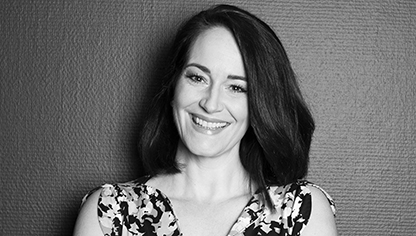
Caroline Edey-van Wyk
Brand Editor
Colloquially known as Investec’s “storyteller,” Caroline curates and produces all the content that underpins Investec's Out of the Ordinary brand promise. She works across the business but specialises in the areas of Sustainability, CSI, Sponsorships and HR. Caroline holds a Bachelor of Journalism degree in Political Science and Broadcasting - cum laude. Before she joined Investec she was a broadcast journalist at Sky News and eNCA.

